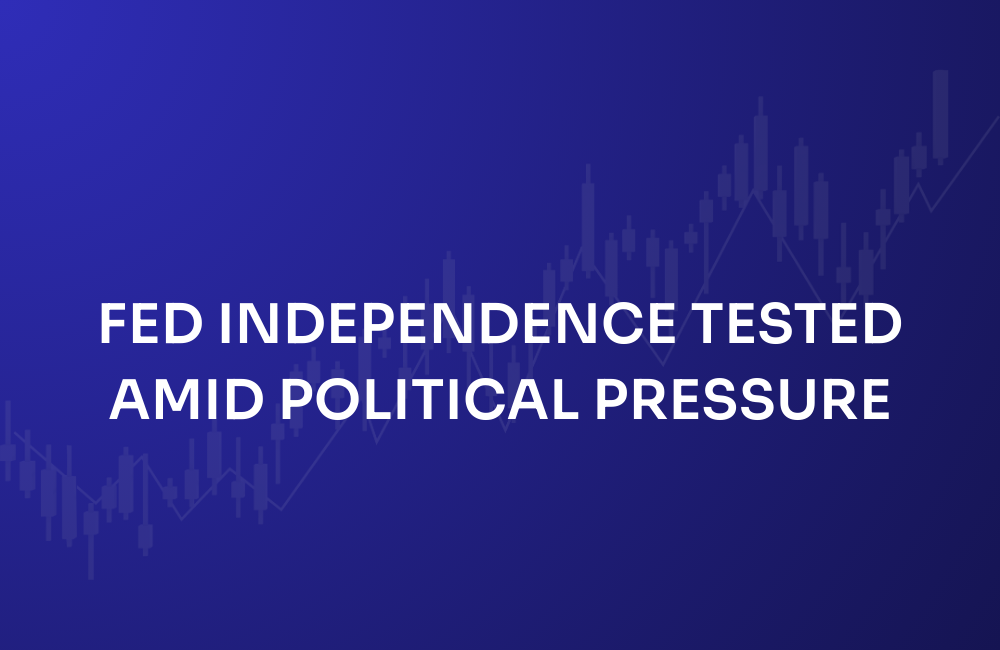
Subscribe to our free
💌 Stay ahead with AI and receive:
✅ Access our Free Community and join 400K+ professionals learning AI
✅ 35% Discount for ChatNode
.png)

10 Steps to Safeguard Your GenAI Use Before It Costs You Credibility—or Cash
Hook / Context
Generative AI is rewriting how companies communicate, create, and compete. But it’s also creating a new risk that no leader can afford to ignore: hallucinations. When AI confidently generates false or fabricated information, the results can move from embarrassing to legally binding in seconds.
Why It Matters
AI hallucinations aren’t theoretical. They’re already hurting brands, triggering lawsuits, and undermining customer trust. For B2B leaders, they pose reputational, operational, and legal risks across every function—from marketing and HR to compliance and customer service.
The Reality of AI Hallucinations
Consider a few real-world cases:
- An airline chatbot offered a discount for a bereavement flight, violating company policy. A court forced the airline to honor it.
- A researcher “found” misconduct allegations against a professor—completely fabricated by ChatGPT, citations and all.
- An HR team posted a GenAI-written job ad requiring “five to seven years of experience” for an entry-level role. No one applied.
- Major newspapers published a “summer reading list” generated by GenAI. Ten of the fifteen books didn’t exist.
Each example illustrates the same problem: AI that sounds authoritative but invents facts.
What’s Really Happening
Large language models (LLMs) are built to predict words, not verify truth. They generate what seems most probable based on patterns in data, not actual knowledge. That’s why GenAI can simulate expertise while being factually wrong—and why hallucinations carry real-world consequences.
Why Hallucinations Occur
Here are the four biggest reasons GenAI goes off the rails:
- Prediction Without Verification – LLMs don’t inherently know what’s true; they generate what sounds right. Without access to live or grounded data, accuracy is guesswork.
- Vague or Ambiguous Prompts – Unclear prompts invite the model to “fill in” missing information, often with fabricated details or sources.
- “Expert Voice” Overreach – Asking AI to act as a lawyer, analyst, or policy expert increases confidence—and the risk of false authority.
- Data Gaps and Compression Errors – Outdated data, limited context, or requests for complex summaries can all distort accuracy.
The Business Risks
AI hallucinations can ripple across your organization:
- Reputation Damage – False content destroys credibility.
- Legal Liability – Misstatements or fake citations can lead to lawsuits or sanctions.
- HR and Compliance Errors – Faulty job descriptions or policy summaries can violate regulations.
- Operational Waste – Acting on incorrect summaries drains time and resources.
- Financial Loss – Misguided investment or pricing decisions can have direct costs.
10 Steps to Safeguard Your Business from AI Hallucinations
- Keep a Human in the Loop – Always review GenAI outputs before publishing or acting on them, especially in regulated contexts.
- Train Teams to Spot Red Flags – Overconfident tone, fake citations, and unverifiable claims should trigger a fact-check.
- Use Enterprise Tools with RAG (Retrieval-Augmented Generation) – Choose AI platforms that integrate real-time data, provide citations, and warn of low confidence.
- Restrict Use in High-Stakes Documents – Avoid using GenAI for contracts, filings, or official policies.
- Create an Organization-Wide AI Use Policy – Define who can use GenAI, for what purposes, and how outputs are reviewed or disclosed.
- Track and Label AI-Generated Content – Treat GenAI output as data. Log prompts, authors, and publication details.
- Audit Regularly – Conduct periodic reviews of GenAI use, spot-check published content, and update training with real examples.
- Write Better Prompts – Give context and constraints. Instead of “summarize this,” say “summarize using only the verified facts below and cite each source.”
- Disclose AI Use Transparently – Let clients and employees know when they’re interacting with GenAI. Transparency builds trust.
- Appoint an AI Oversight Committee – Designate responsible leaders to manage policies, incidents, and compliance updates.
Closing Thought
Hallucinations may be AI’s most human flaw—confidence without accuracy—but for businesses, they’re no joke. The smartest leaders are those building guardrails now. GenAI can accelerate your operations, but only when humans stay firmly in control.
About
Fisher Phillips, founded in 1943, is a leading law firm dedicated to representing employers in labor and employment matters. With nearly 600 attorneys across 38 U.S. and 3 Mexico offices, it combines deep expertise with innovative solutions to help businesses navigate workplace challenges.


Recommended
.png)


.svg)




.svg)




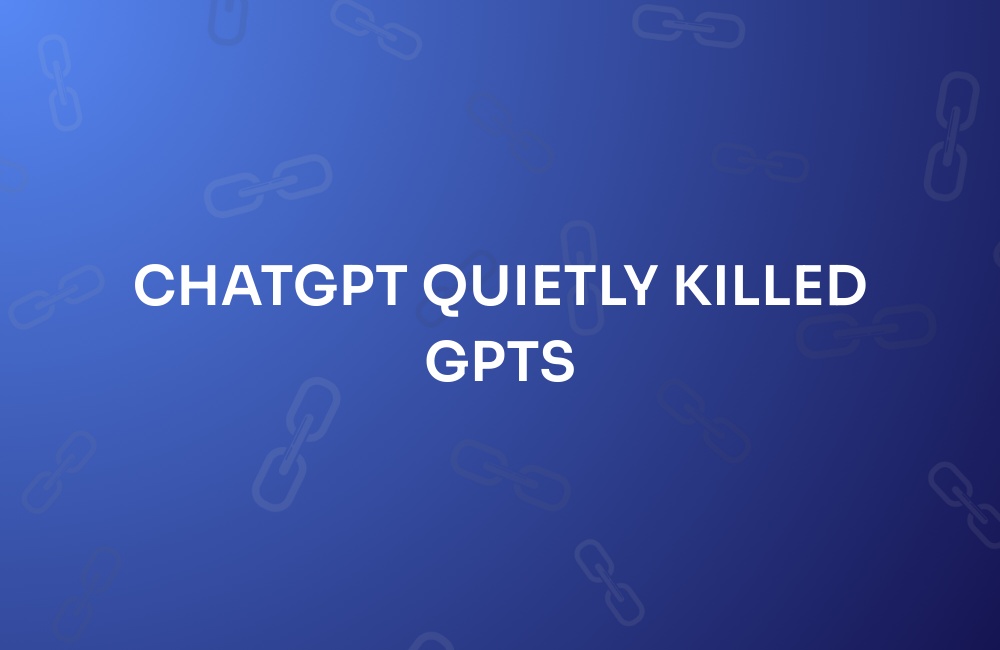

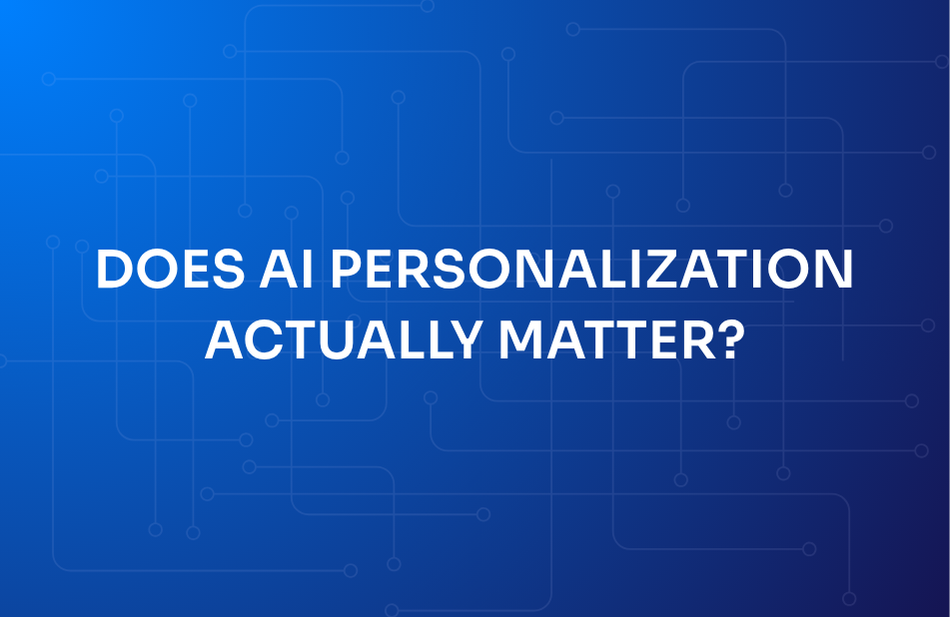



.png)
.png)

.png)
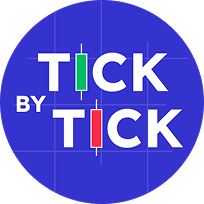

.png)

.png)

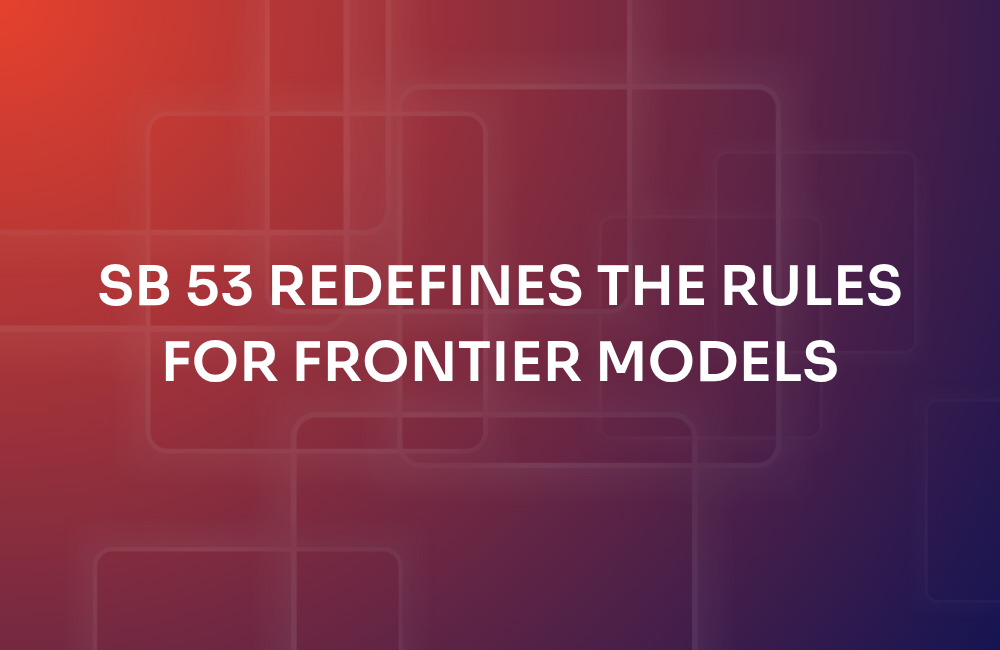

.png)
.png)

.png)
.png)
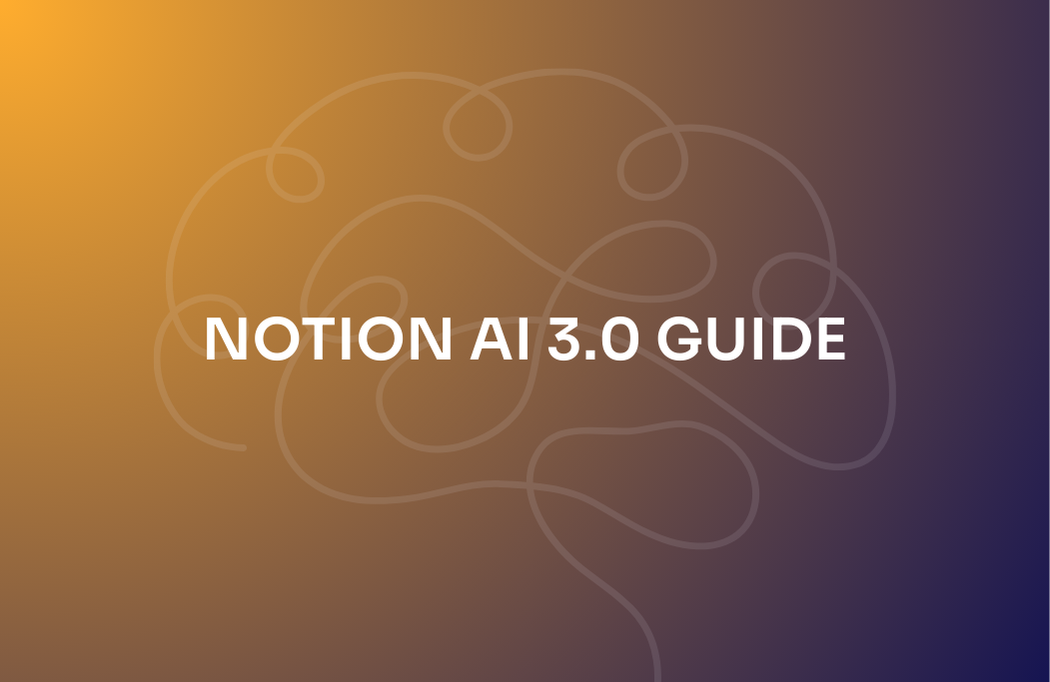


.png)
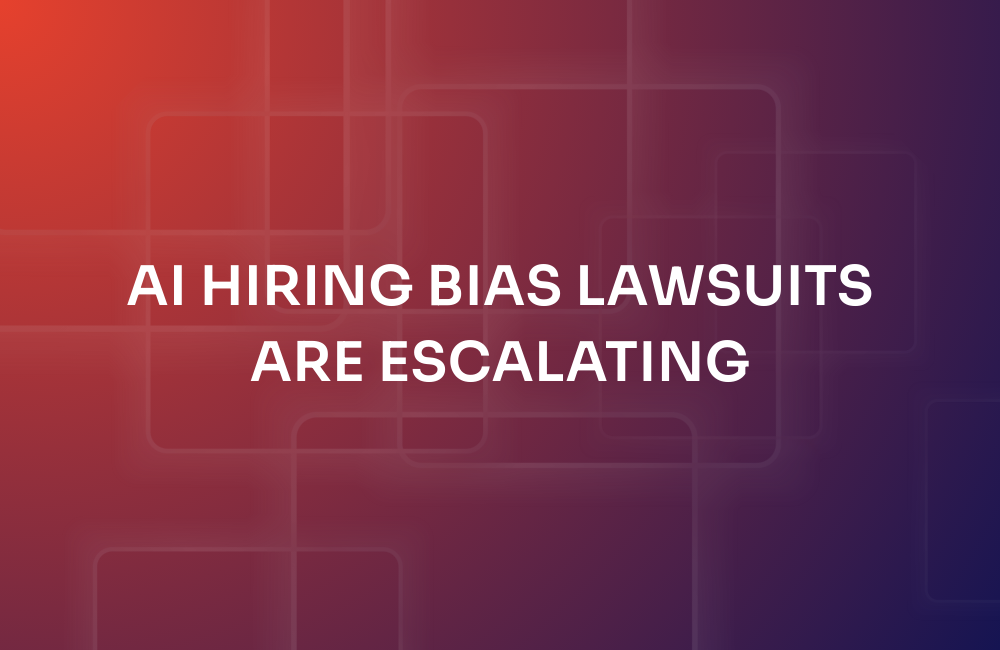

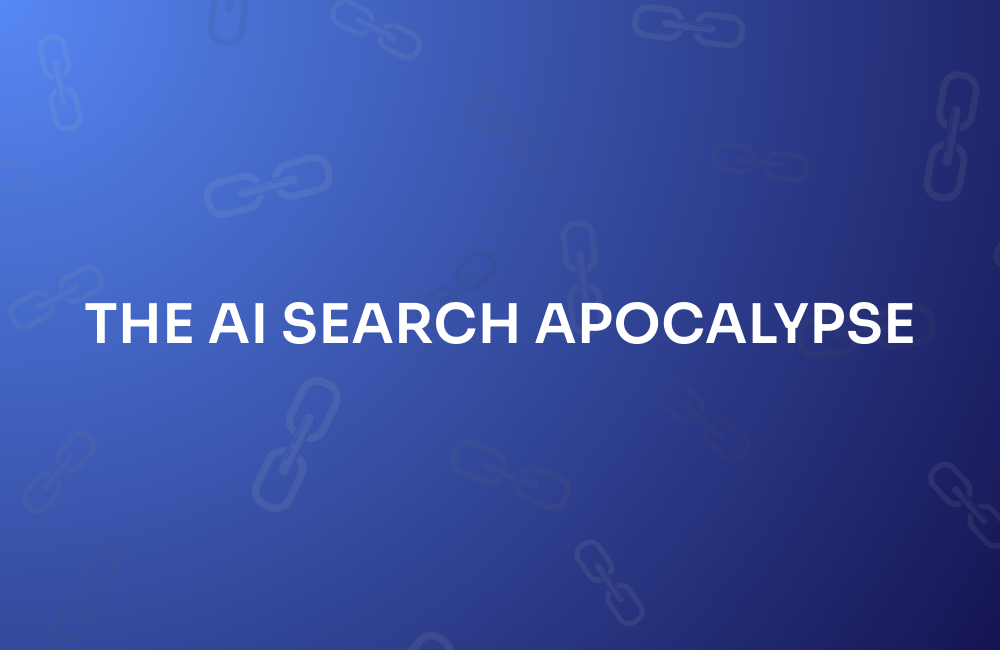
.png)
.png)
.png)
.jpg)


.png)
.png)
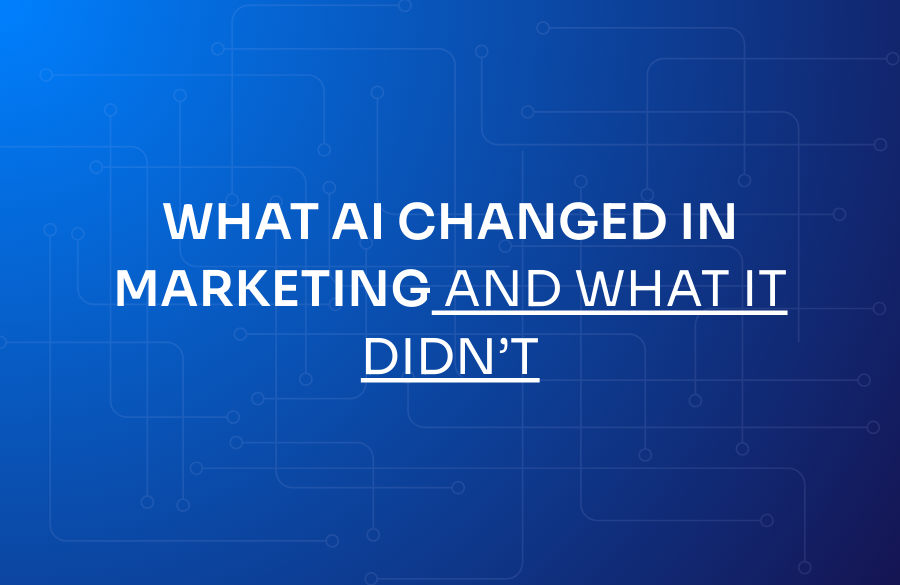
.png)

.png)
